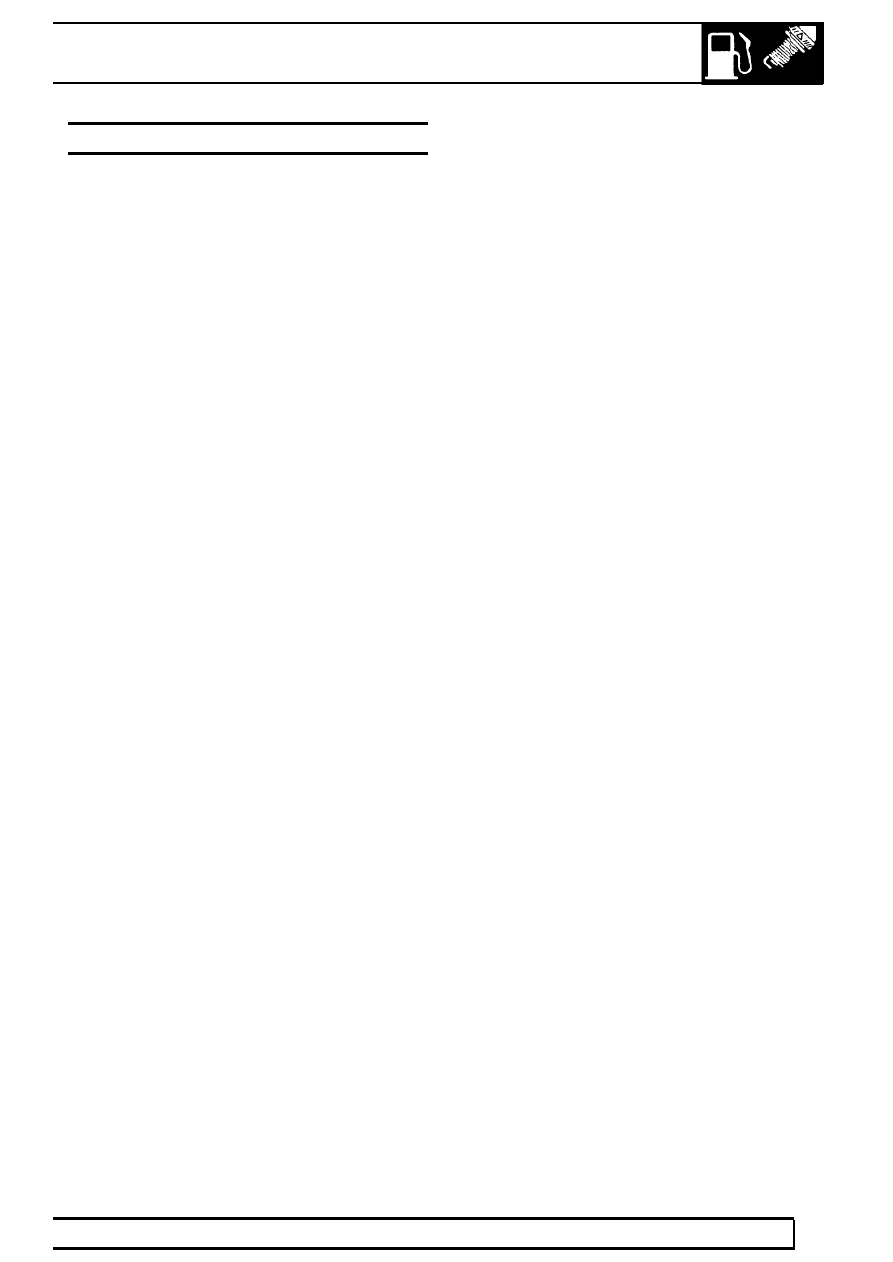Range Rover. Manual - part 74

BMW DIESEL
1
DESCRIPTION AND OPERATION
DESCRIPTION
Operation of the engine is monitored and controlled by
a Digital Diesel Electronics (DDE) system. The DDE
system electronically regulates injection timing and
fuel delivery rate under all operating conditions.
The system comprises:
- An engine control module
- Output devices
- Input devices
- An injection pump
Engine Control Module (ECM)
The 55-pin engine control module (ECM) is located
under the bonnet, in a compartment of the battery
tray. It consists of an input section, two
microprocessors, No. 1 and No. 2, and an output
section. The microprocessors receive input signals
from the various input devices and calculate the
necessary response to the output devices.
Calculations are based on fixed, pre-programmed
data. Data is manipulated within function blocks:
Microprocessor function blocks
The following function blocks are provided in
microprocessor 1:
- Injection timing (start of injection) control
- Output of self-diagnosis results
The following function blocks are provided in
microprocessor 2:
- Injection quantity control with special start quantity
control and full load quantity limitation
- Engine speed control
- Running stability control and vibration damping
- Exhaust emission limitation and overheating
protection
- Cruise control
Fault diagnosis
Operating faults are registered by the ECM and held
within a defect code memory. TestBook connected
into the diagnostic socket beneath the fascia, can be
used to interrogate the ECM for stored faults and
perform diagnostic routines. The ECM is also
connected to a warning lamp on the instrument panel.